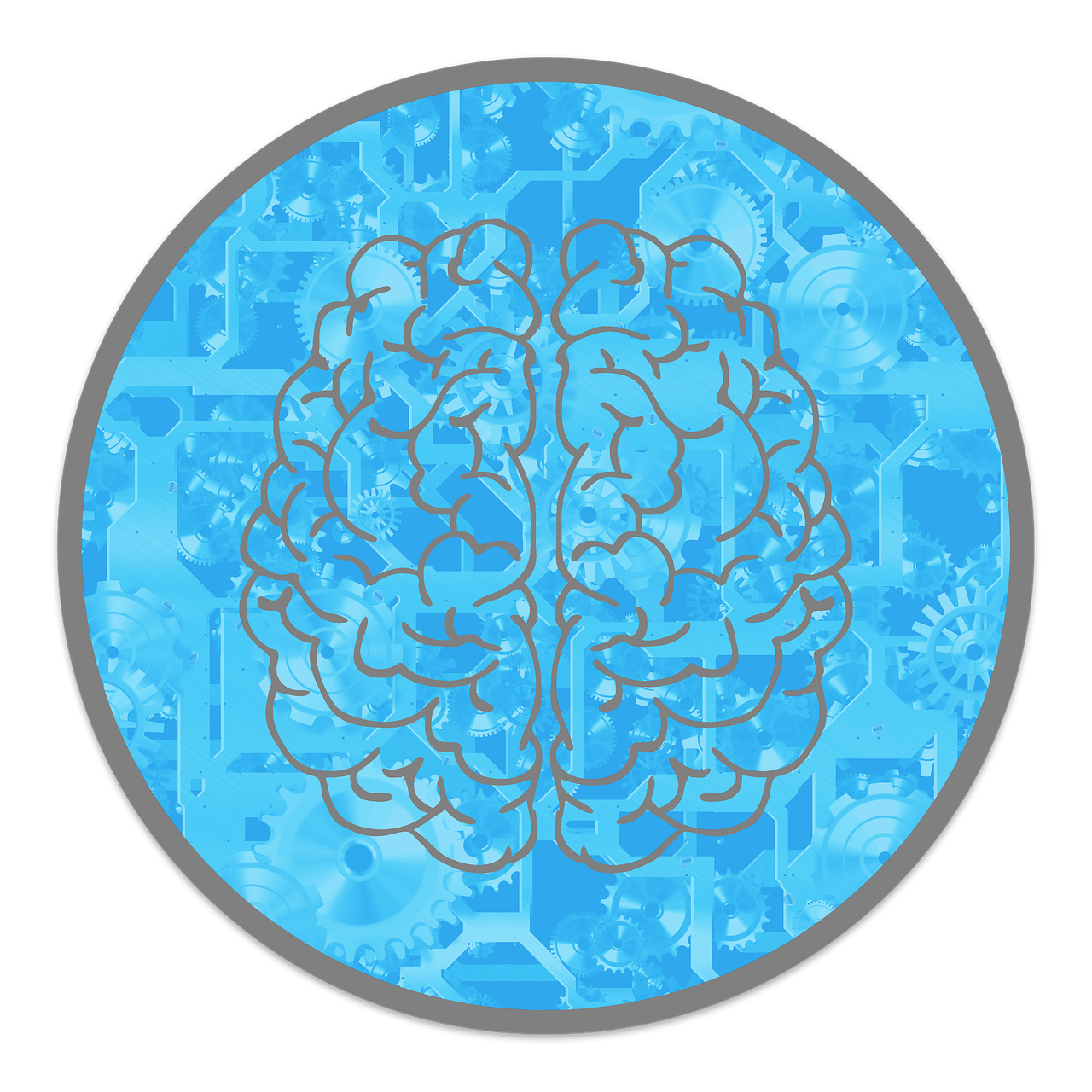
In psychology, two OG theories—behaviorism and cognitive psychology—have majorly shaped how we get human behavior.
Behaviorism is old-school: “If we can’t see it, it doesn’t count.”
It’s all about actions, habits, and rewards—no brain stuff allowed.
Cognitive psych flips the script: “Hey, what’s happening inside the brain matters too!”
Think thoughts, memory, and that moment you forget your password for the 5th time.
Both changed the game—just in totally different ways. Let’s break it down, no brain degree required.
Understanding Behaviorism
Let’s throw it back to the early 1900s when psychology wanted to get serious—like lab coat, stopwatch, and no-feelings-allowed serious.
That’s where behaviorism comes in, thanks to big names like John B. Watson and B.F. Skinner.
These guys basically said, “Forget what people think—show me what they do.”
Core principles of behaviorism
Observable behavior
Thoughts? Emotions? Too messy.
Behaviorism is like reality TV for psychology—if the cameras can’t catch it, it didn’t happen.
Environmental influence
You’re not born a clean freak or a nail-biter—you learned it based on what your environment rewarded (or punished).
Conditioning
We learn like Pavlov’s dog: through classical conditioning (cue the bell and drool) or operant conditioning (hello, rewards and consequences).
Reinforcement and punishment
Want more of a behavior? Reward it. Want less? Time to pull out the consequences.
It’s like parenting, dog training, and classroom management all rolled into one.
Behaviorism made major waves in education and therapy.
Think sticker charts, time-outs, and training your brain like it’s on a points system.
It’s practical, no-nonsense, and still shows up today—even if we’ve loosened up and let thoughts into the convo since then.

Understanding Cognitive Psychology
Fast-forward to the mid-1900s, and psychology had its “Wait a minute…” moment.
That’s when cognitive psychology showed up, flipped the script, and said, “Hey, maybe what’s happening inside your head actually matters.” Mind = blown.
Core principles of cognitive psychology
Mental processes
Cognitive psych is into thoughts, memory, attention, and decision-making—basically the behind-the-scenes stuff your brain does while you’re trying to remember your Netflix password or avoid texting your ex.
Information processing
It processes info, stores memories, and solves problems—minus the crashing and awkward updates (most of the time).
Scientific methods
Cognitive psychologists love a good experiment.
They test ideas with real data, not just vibes.
Think lab studies, reaction times, and memory games.
Active learning
You’re not just a sponge. You take in info, organize it, make meaning out of it.
Learning here isn’t passive—it’s full-on brain gymnastics.
Cognitive psychology has leveled up everything from education to AI to therapy (hello, CBT).
It’s the reason your study app has spaced repetition and your therapist asks how you think about your problems—not just how you feel.
Key Differences Between Behaviorism and Cognitive Psychology
| Aspect | Behaviorism |
Cognitive Psychology
|
| Focus | Observable behavior |
Internal mental processes
|
| Approach | Stimulus-response |
Information processing
|
| Research Methods | Experiments on behavior |
Experiments on mental processes
|
| View on Learning | Passive, through conditioning |
Active, through understanding and insight
|
| Key Figures | John B. Watson, B.F. Skinner |
Jean Piaget, Ulric Neisser
|
| Applications | Behavior modification, habit formation |
Cognitive therapy, educational strategies
|
While behaviorism and cognitive psychology differ in focus, they are not mutually exclusive.
Modern approaches often integrate both perspectives to provide a more comprehensive understanding of human behavior.

Practical Applications
Let’s be real—these two psych schools aren’t just living in textbooks.
They’ve got serious real-world street cred.
Here’s how behaviorism and cognitive psychology show up in everyday life (no psych degree required):
Behaviorism
Classrooms
Teachers basically channel their inner B.F. Skinner with sticker charts, gold stars, and “no homework if you behave” deals.
Reward the good stuff, ignore the chaos (in theory).
Therapy
Got a phobia or a bad habit? Behavioral therapy breaks it down and builds it back up with baby steps, exposure, and good ol’ fashioned conditioning.
Work
That employee of the month parking spot? Pure behaviorism.
Bonuses, shoutouts, pizza Fridays—it’s all about reinforcement, baby.
Cognitive psychology
Education
Modern classrooms use brain-friendly strategies to boost critical thinking and memory—think concept maps, active recall, and less “memorize this” and more “why does this matter?”
Therapy
CBT (cognitive-behavioral therapy) is the Beyoncé of mental health—hugely popular and incredibly effective.
It helps you reframe those “I’m the worst” thoughts into something way more useful.
Tech
Ever wonder why your app feels so easy to use?
That’s cognitive psych at work—designers map out how your brain processes info so your thumbs don’t have to think too hard.

When to Use Which Approach?
This isn’t just Psych 101 trivia—it’s the kind of stuff that actually helps in the wild.
Whether you’re teaching a class, designing an app, or trying to understand why your dog keeps stealing your socks, knowing which approach to use = game-changer.
Use behaviorism when:
- You just want to change the behavior, not psychoanalyze it. (Looking at you, potty training.)
- You’re working with kids, pets, or anyone who responds well to stickers, snacks, or praise.
- You’ve got a reward system in place—think treats, bonuses, or “five stars unlocks a prize” logic.
Use cognitive psychology when:
- You’re curious about what’s going on inside someone’s head, not just what they’re doing.
- You’re helping people solve problems, think critically, or learn new stuff.
- You’re building something like a course, a therapy plan, or an app, and want it to actually make sense to real brains.
Wrapping It Up: Why Both Matter
Here’s the scoop: behaviorism tweaks what you do, cognitive psych figures out what’s happening upstairs.
Use both, and you’ve got the ultimate combo—whether it’s teaching, therapy, or just getting your brain to cooperate.
Think peanut butter and jelly: different flavors, but a classic duo that just works.



